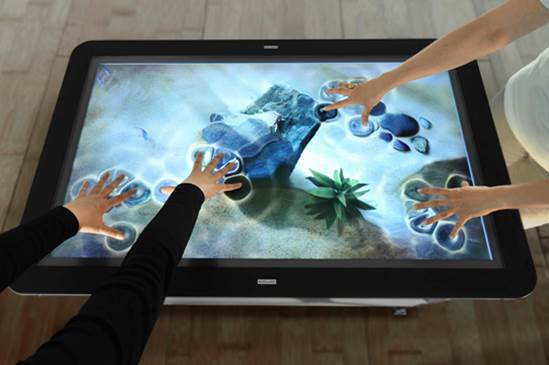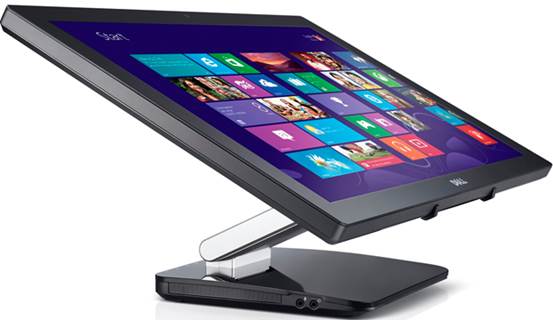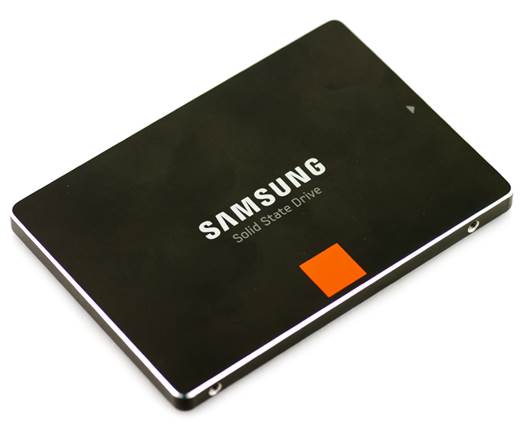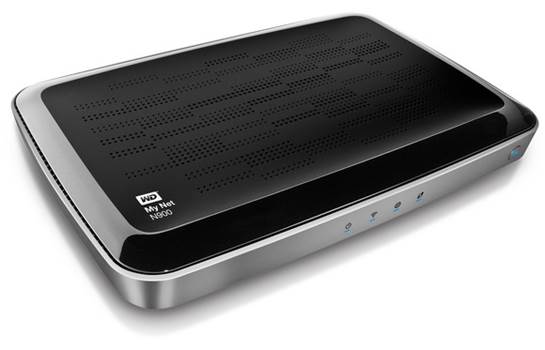Displays
Thinner. Higher-definition. Less
power-hungry. You can expect these traits to define monitors for desktop and
laptop computers for the next two years.
Buyers want, and even expect, longer
battery life and sleeker design with every generation of displays. So
manufacturers have every reason to keep turning out devices that satisfy that
market, recognizing that buyers deem the display to be a Crucial part of the
user experience.
Touchscreens
Window 8 integrates touch support as no
previous version of Windows has done. In the new Windows Start screen and in
Windows Store applications, you’ll be able to use a multitude of touch
gestures, many of them involving full, 10-point multi-touch interaction; that
is, the display will recognize the unique input from all 10 fingers (or fewer
from multiple people). And numerous multi-touch displays that fully support
Windows 8 are on the horizon, such as Samsung’s SC770.
Some new Windows 8 devices come with
pressure-sensitive style that let you digitally draw or paint with precision;
we’ll continue to see more such products in the coming year.
And what about Apple? iOS devices have led
the way for Apple in offering HD displays, so it stands to reason that its
touchscreen technology may also be on the way to Mac, despite the company’s
long-standing reluctance to adopt it. After all, competitors such as HP have
been putting touchscreens on desktop and laptop PCs for years.

The
latest versions of the OS X have used touchpads as a touch-by-proxy system
While Apple has so far been careful to
maintain the boundary between its iOS and Mac operating systems, it would be
harder to maintain that separation if everything had a touchscreen. The latest
versions of the OS X have used touchpads as a touch-by-proxy system; users seem
to like this compromise.
Better resolution, but slowly
The first rule of monitor shopping is:
don’t skimp on image quality. You can work around awkward pedestals and poorly
located cable connectors, but you’ll be starting at your screen day in and day
out – it’s not the place to economize.
Luckily, current-generation touch displays,
although expensive, appear to use high-quality components. Most boast in-plane
switching (IPS) technology, which offers wide viewing angles and good color
fidelity. Samsung is coming out with new plane-to-line switching (PLS)
displays, which the company angles, brightness, image quality and cost of
production. Analysts expect to see Samsung’s series of low-end PLS-based
monitors at some point in 2013.
Right now, you won’t find multi-touch
desktop displays capable of resolutions higher than 1920x1080 (full-HD). Even
27in touch displays are limited to 1080p; and no 2560x1440 resolution displays
with capacitive touch are yet available for discrete, standalone monitors.
Fortunately, however, the display quality at 1080p is great on many touch
displays.
The possibility of integrating multi-touch
in high-resolution monitors is not far-fetched Case in point: Dell already
sells a 27in all-in-one – the XPS One 27 that features native 2560x1440
resolutions. Whether future touch displays take this direction will depend
largely on consumer demand and on how much they are willing to pay. Prices of 27in,
2560x1440-pixel panels are starting to drop, so it’s likely that we’ll see some
high-resolution models with multi-touch support in 2013.

Dell
S2340T: the display has a flexible, tilting stand
In mid-2012, Apple began bringing its HD
Retina screen to the MacBook Pro in stages. Those HD screens are expensive, but
so far consumers seem to be prepared to pay for them. Even so, the rollout
could happen slowly on the desktop, largely because using standard-definition
technology for displays of 19in-plus remains more cost-effective. That means
that the iMac could be the last to go Retina.
But larger displays might not even be the
best use of Retina technology. You could argue that it’s overkill for a 24 - or
27in monitor; it would be gorgeous, but it would also be awfully expensive.
More screen space and better ergonomics
Smaller bezels and shrinking profiles are
likely to become the norm for both freestanding computer displays and
all-in-ones. The newest line of iMacs are 45 percent thinner and 3.5kg lighter than
previous generations of the computer, and offer a glimpse of what is to come
across the board. One added benefit: the slimmer the panel, the lower the power
consumption.
Product designers are doing interesting
things with stands and ergonomics, too. The Acer T232HL LCD monitor has a
single, curved bar attached via a ratcheted spring mechanism to enable the
display to tilt at various angles, depending on how you want to use the
hardware. Dell’s on how you want to use the hardware. Dell’s S2340T (a multi-touch
display, like the Acer) offer an impressively flexible stand that you can tilt
easily at various angles – or even lie completely flat. Plus, its USB 3.0 ports
are located on the based and are easy to reach.
Because of the latest in touch integration,
we can expect to see more such innovative ideas on the ergonomic front.
3D printing
What can you do with 3D printing? What
can’t you do with it? Although the technology is still young, it’s loaded with
potential.
Right now, most consumer-grade 3D printers
use ABS plastic as their primary building material. ABS is the material that
makes up Lego bricks, but it’s relatively brittle, which limits what you can do
with it. You can expect to see more versatile 3D printers come to market in the
near future. And 3D printers will become considerable more precise: the new
Replicator 2 from MakerBot, for instance, can lay down layers of plastic that
are 100 microns thick about as thick as a sheet of paper. The thinner layers,
the better the result.

The
new Replicator 2 from MakerBot, for instance, can lay down layers of plastic
that are 100 microns thick
The technology could one day revolutionize
manufacturing. Imaging: instead of buying your kid a new action figure for her
birthday, you could purchase and download a file that tells your 3D printer how
to print one for you. Now that’s instant gratification.
Storage
We expect to see many more hybrid hard
drives arriving in 2013. Seagate and Samsung were first to market with these
devices, which combine a large cache of flash memory with a mechanical drive.
Hybrids deliver some of the speed of an SSD, as well as the voluminous capacity
of a conventional hard drive. Both Western Digital and Toshiba plan to enter
this market. WD has not disclosed its plans in detail, but Toshibas has
announced that it will offer a 1TB hybrid drive outfitted with 8GB of flash –
enough to load an operating system and frequently used files.
Hard drive prices will remain high in 2013:
the industry is still recovering from the mass flooding in Thailand that
damaged much of its production capacity. At the same time, the prices for true
SSDs will continue to fall, as production of 20nm Nand flash ramps up.

Seagate
and Samsung were first to market with these devices, which combine a large
cache of flash memory with a mechanical drive
Routers
The IEEE should ratify 802.11ac this year,
which will make people more comfortable buying routers based on the standard
(rather than on a draft of the standard). The performance of 802.11ac routers
from Asus, Linksys, Netgear and other manufacturers knocked our socks off in
2012, delivering high throughput and surprisingly good range using the
uncrowned 5GHz frequency spectrum. We also expect to see more 802.11ac media
bridges shipping this year; buying two expensive routers so you can configure
one as a bridge is an unnecessary pain in the neck.

Western
Digital’s My Net 900 Central
Two other trends should become stronger
this year: first, more companies will manufacture routers that include
integrated hard drives, similar to Western Digital’s My Net 900 Central.
Second, routers will become better connected to the cloud, which will make it
easier for you to reach your home network when you are on the road.